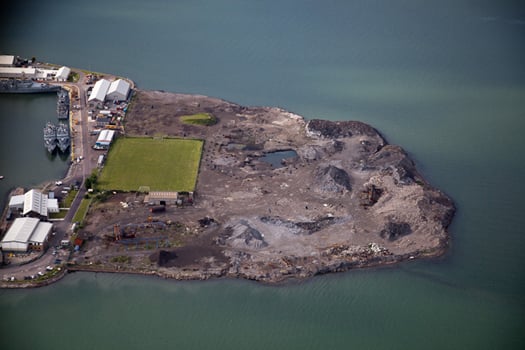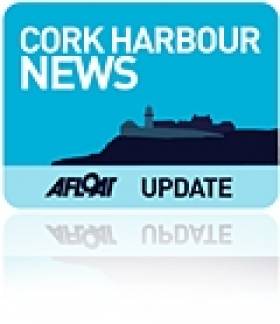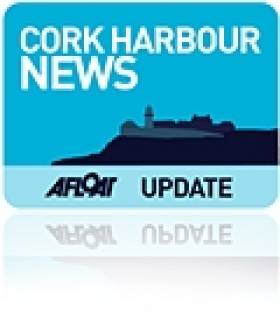Displaying items by tag: Toxic
Councillors Fear Toxic Dump Leak In Cork Harbour
#CorkHarbour - Cork County Council is investigating reports that defences built around the toxic dump on Haulhbowline Island have been breached in the recent severe weather.
According to the Irish Examiner, two Cobh-based councillors reported seeing breaches in the embankments around the dump, which contains an estimated half a million tonnes of waste - including toxic heavy metals and various cancer causing materials such as Chromium 6.
It's now feared that the recent high tides have carried toxic waste out of the site and contaminated the waters of Cork Harbour.
The council has confirmed that tests are being carried out at and around the site, next to the former Irish Steel/Ispat plant.
A full clean-up operation of the toxic dump is expected to begin later this year, though the contract for the job has not yet been awarded, pending the decision of the Environmental Protection Agency on a waste licence application and a nod from An Bord Pleanála for redevelopment of the site.
€40m Clean Up of Cork Harbour Toxi Dump Ordered
"This is going to come as an enormous relief to the people of Cobh who have quite rightly feared for the health of their community for over ten years with unchecked emissions of a carcinogenic toxin, Chromium VI, coming from an unlicenced landfill," the Ireland South MEP said in Brussels today.
"While a baseline health study has never been carried out, the National Cancer Registry of Ireland proves that the rate of cancer in Cobh is 37% higher than the national average. Furthermore, we cannot forget the environmental and economic concerns also at the fore of the Haulbowline campaign."

Haulbowline - A €40m clean up has been announced. Photo: Bob Bateman
Mr Kelly, who tirelessly lobbied for action on the site, is now hopeful that this part of his Cork constituency can look towards future economic growth with positivity: "This toxic dump is located in a very scenic part of Ireland and while it is difficult to measure its impact in monetary terms, no one can deny its existence has had a detrimental effect on Cobh's tourism potential.
"Earlier this year, the European Commission directed Irish authorities to take decisive action on the landfill within a three month timeframe under threat of court action. The warning followed a petition of over 5,000 signatures calling for immediate action, I brought before a parliamentary committee in conjunction with Cork Harbour Health pressure group," the MEP continued.
Mr Kelly believes the previous government, the EPA and Cork County Council 'passed the buck on Haulbowline in a disgraceful way'. However, with Cabinet approval of 20m in the 2012 budget and 20m in the 2013 budget due for the restoration of the area, 'it is time to look towards a brighter future for Cobh and Haulbowline Island', according to Mr Kelly.






























































